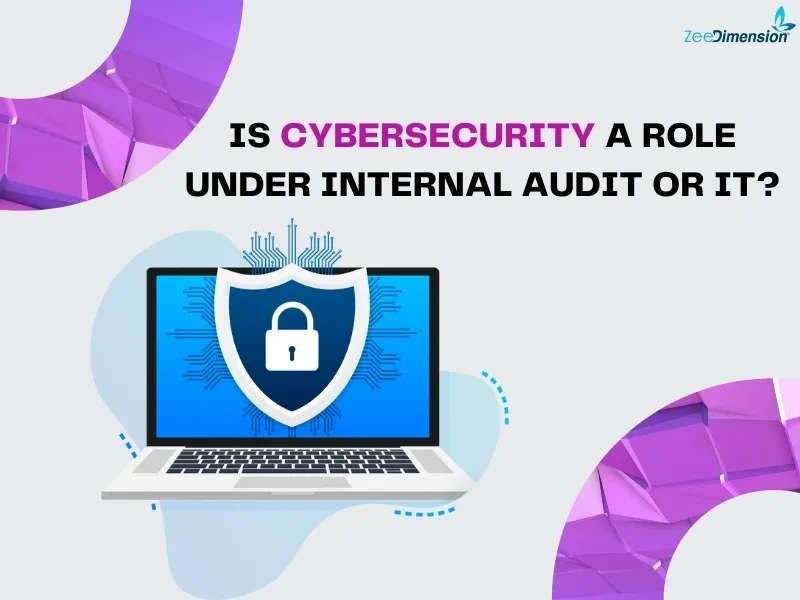
Exploring the roles of Internal Audit and IT in managing cybersecurity.
IT’s Role in Cybersecurity
Primary Responsibilities of IT:
-
Implementation and Maintenance: Setting up and maintaining cybersecurity measures.
-
Incident Response: Identifying and containing cyber threats.
-
Technical Expertise: Managing complex cybersecurity technologies.
-
Continuous Monitoring: Monitoring network traffic and system logs.
Advantages of IT in Cybersecurity
Why IT is Critical:
-
Technical Depth: Deep knowledge of the technology stack.
-
Immediate Response: Quick action during incidents.
Challenges for IT in Cybersecurity
Challenges Faced by IT:
-
Resource Constraints: Balancing multiple IT functions.
-
Potential Conflicts of Interest: Lack of objectivity in self-assessment.
Internal Audit’s Role in Cybersecurity
Primary Responsibilities of Internal Audit:
-
Independent Assurance: Evaluating the effectiveness of controls.
-
Risk Assessment: Identifying and assessing cyber threats.
-
Policy and Compliance: Ensuring regulatory compliance.
-
Control Testing: Regular testing and improvement of controls.
Advantages of Internal Audit in Cybersecurity
Why Internal Audit is Essential:
-
Independence and Objectivity: Unbiased evaluation of controls.
-
Holistic Risk Perspective: Integrating cybersecurity into overall risk management.
-
Regulatory Compliance: Ensuring adherence to standards.
Challenges for Internal Audit in Cybersecurity
Challenges Faced by Internal Audit:
-
Technical Limitations: Potential lack of deep technical expertise.
-
Limited Scope: Focused more on assessment than real-time response.
Integrating IT and Internal Audit
Collaborative Framework:
-
Shared Responsibilities: Clear role definitions.
-
Regular Communication: Ongoing alignment on objectives.
-
Joint Assessments: Comprehensive risk assessments.
Benefits of Integration
Why Integration Works:
-
Enhanced Security Posture: Robust cybersecurity framework.
-
Improved Risk Management: Comprehensive risk strategy.
-
Increased Efficiency: Effective use of resources and quicker mitigation.
Conclusion
Key Takeaway:
Cybersecurity requires both IT’s technical expertise and Internal Audit’s independent assurance. An integrated approach fosters a more resilient and secure environment.







